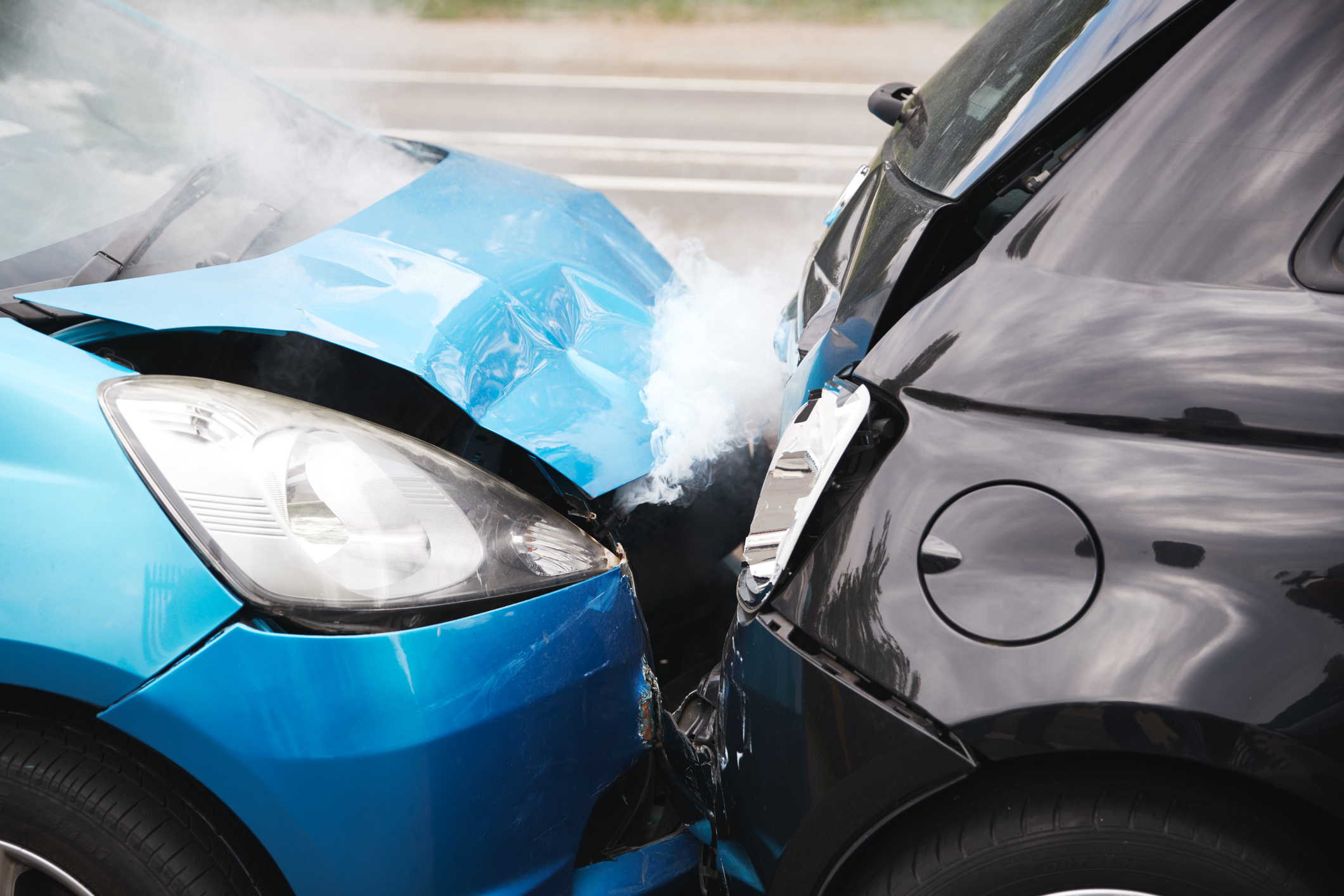Is the Driver Behind Always at Fault for a Rear-End Collision?

Rear-end collisions are among the most common types of traffic accidents. They occur when one vehicle strikes another from behind. In New Jersey, as in many states, the driver in the rear is typically considered at fault. However, there are exceptions to this general presumption, and in some cases, liability may be shared.
Drivers are required to keep at a safe distance from the vehicle ahead and to be prepared to stop or slow down as needed. Rear-end collisions are usually the result of tailgating, speeding or aggressive driving, which can reduce the time needed to react if the car ahead stops abruptly due to traffic congestion, construction activity, debris on the roadway or other circumstances. Distracted driving or fatigue can also cause the rear driver to follow too closely.
Determining fault isn’t always simple. Factors like road conditions, weather, visibility and even the condition of the vehicles involved can come into play. The driver in front may contribute to causing the accident in any of the following ways:
- Making sudden slowdowns or stops not warranted by road or traffic conditions
- Suddenly slamming on the brakes (known as such as brake-checking)
- Putting the car in reverse gear unexpectedly, which sometimes occurs at intersections
- Slowing to make a turn without signaling
- Driving without working brake lights or hazard lights
In some rear-end collisions, both the front and rear drivers can share in the blame. Also, a third driver may contribute to the crash — for example, by cutting off the lead vehicle and causing that driver to slam on the brakes.
New Jersey law applies a rule of comparative negligence, which means the liability for damages is apportioned according to each driver’s percentage of fault. An injured driver may sue for damages as long as he or she is not more than 50 percent to blame. That driver’s recovery will be reduced proportionately according to their share of fault.
Moreover, New Jersey adheres to a no-fault insurance system. Regardless of who caused the accident, each driver’s own personal injury protection (PIP) insurance covers their medical expenses and other financial losses up to a certain limit. If the collision results in certain types of severe injuries or in damages exceeding the limits of PIP coverage, the injured party may pursue a claim against another driver who may be at fault. If that driver doesn’t have liability insurance or their coverage is insufficient, the injured driver can make a claim against his or her own uninsured or underinsured motorist (UM/UIM) coverage.
If you’ve been involved in a rear-end collision, a knowledgeable automobile accident attorney can analyze the facts, assess your rights and potential liabilities and decide on the best path to obtaining the maximum compensation available.
Kevin T. Kutyla, Esq. in Succasunna provides exemplary legal representation for victims of auto accidents in Sussex and Morris counties and throughout New Jersey. Call 973-940-8970 or contact me online to schedule an appointment.
